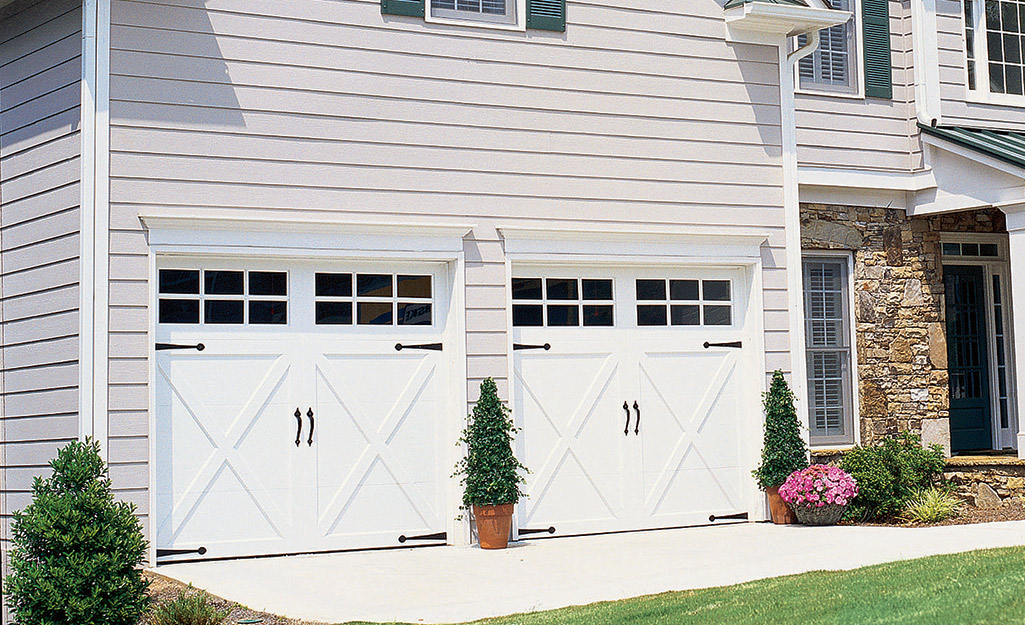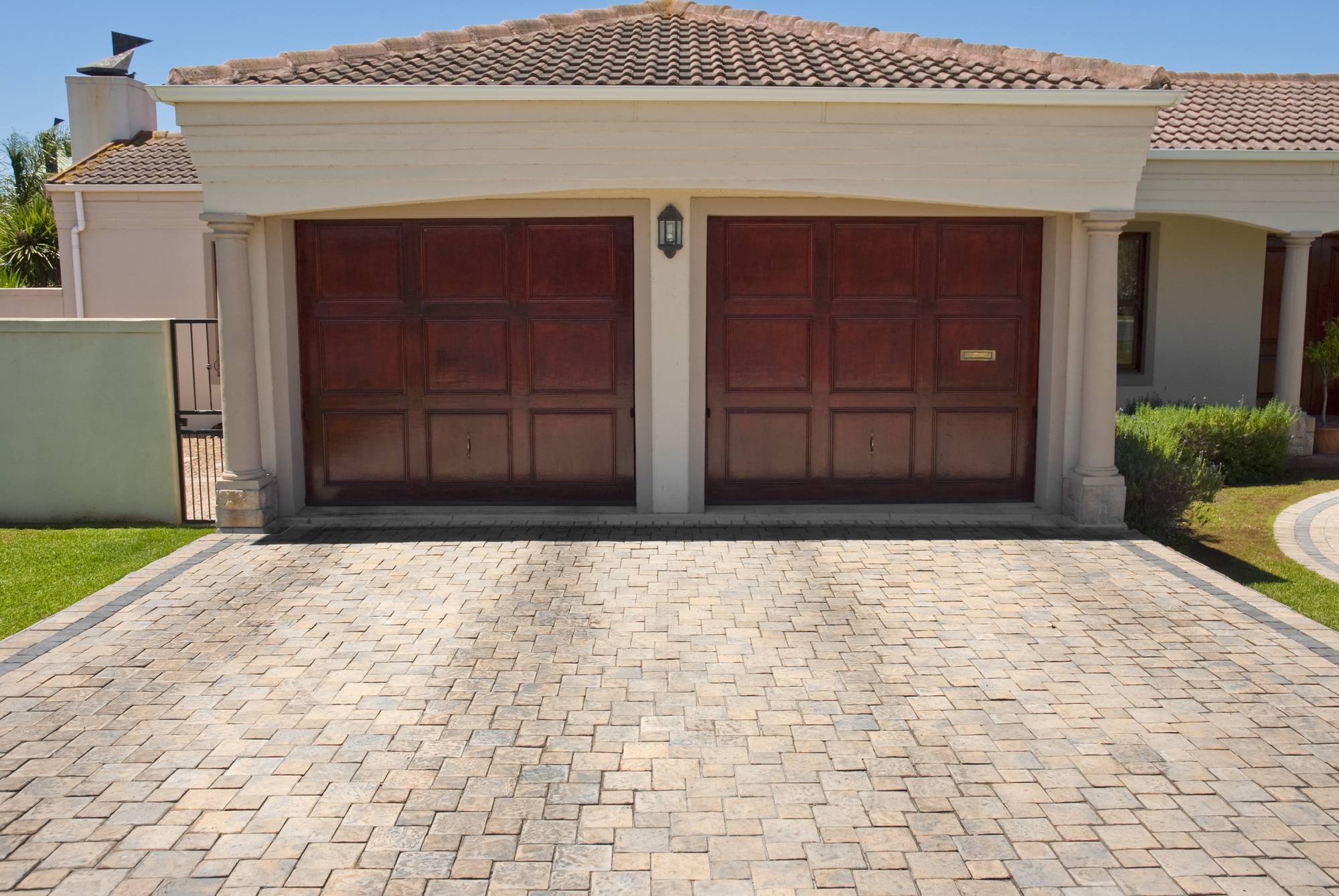
You can easily create a granny home from your garage. The key to success is ensuring you have adequate ventilation, good insulation, and sufficient lighting. This will not only keep the interiors warm and dry, but also protect you from the elements.
Planning your garage-to-ganny flat conversion carefully is key to making it a successful project. It may appear like an easy task, but converting a garage to a living space can be difficult. You will need to plan the layout of the new structure, the parking requirements, and whether you want to add any features. In order to accommodate your new structure, you might even have to modify the exterior design of your house.
To protect your home, your garage or granny flat must be compliant with various building regulations. You should also consider water ingress and fire safety as well as insulation.

There are many design options available to create a granny-style apartment that meets all your needs. Using an ADU designer is a great option, as they will know the ins and outs of making the most of a small space. Landscape design is also a good option for outdoor living areas. Landscape design is important for creating private, comfortable living spaces for you and your loved ones.
Another option is a self-contained unit. These are usually studio apartments, built on top an existing garage. However, there might be property restrictions that prohibit the garage from being used as a living space.
To build your own granny flat or garage, follow the instructions of the manufacturer and comply with all applicable regulations. You will need to install wall-mounted light fixtures, a roof and adhesive sealant in addition to creating a functional space.
For expert advice and guidance on every aspect of your project, it is a good idea to speak with a contractor or designer who can help you make your project a success. You might need to design a floor plan, layout or replace an old wide door with a lockable, modern model. The location of your staircases and privacy will be important. You should also consider electrical and plumbing. Because they will be installing wet areas, it is crucial to have a licensed electrician as well as a plumber on the job.

The Occupation Certificate identifies the legality for your space. This certificate will only be granted to you if you have an approved certifier and your plans.
FAQ
What's the difference between a remodel or a renovation?
A remodel is major renovation to a room, or a portion of a rooms. A renovation is a minor alteration to a space or part of a place. A bathroom remodel, for example, is a major undertaking, while a new sink faucet is minor.
Remodeling is the process of changing a room or part of it. A renovation is only changing something about a room or a part. Kitchen remodels can include changing countertops, sinks, appliances and lighting. An update to a kitchen could involve painting the walls or installing a new light fixture.
How should you renovate a home?
First, the roof. Second, the plumbing. Third, the wiring. Fourth, the walls. Fifth, the floors. Sixth, windows. Seventh, the door. Eighth, it's the kitchen. Ninth, bathrooms. Tenth: The garage.
Finally, after all this work is done, you'll have everything you need to get into the attic.
You might consider hiring someone who is skilled in renovating your house. You will need patience, time, and effort when renovating your own home. And it will take money too. You don't need to put in the effort or pay the money.
Renovations are not always cheap but can save you lots of money in long-term. It's also a way to make your life more pleasant.
What should I do with my current cabinets?
It depends on whether your goal is to sell or rent out your house. You'll need to remove the cabinets and refinish them if you plan to sell. This gives buyers a feeling of newness and allows them to visualize their kitchens when they move in.
If you are looking to rent your house, it is best to leave the cabinets as-is. Many tenants are unhappy with the mess left behind by former tenants.
To make the cabinets look better, you can paint them. Make sure to use high-quality primers and paints. Low-quality paints can peel off over time.
What are some of the largest costs associated with remodeling your kitchen?
Planning a kitchen renovation can be costly. These include demolition, design fees, permits, materials, contractors, etc. But when we look at these costs individually, they seem pretty small. But when you combine them, they quickly add up to be quite significant.
Demolition is most likely the most expensive. This includes the removal of old cabinets, countertops, flooring, and appliances. You will then need to remove the insulation and drywall. You must then replace these items with new ones.
You will need to hire an architect for plans. You will need permits to ensure your project meets the building codes. After that, you have to find someone to do the actual construction.
Once the job is complete, you will need to pay the contractor. The job size will determine how much you spend. This is why it's important to get estimates form multiple contractors before hiring one.
You can sometimes avoid these costs if you plan. You may be eligible to get better prices on materials, or you might even be able skip some of your work. If you know what needs to be done, you should be able to save time and money during the process.
Many people will attempt to install their cabinets themselves. This will save them money as they won't need to hire professional installation services. They often spend more trying to install cabinets themselves. A job can typically be done in half the time than it would take for you by professionals.
Unfinished materials can also be a way to save money. You should wait until all of the pieces have been assembled before you buy pre-finished items like cabinets. You can immediately use unfinished materials if you purchase them. Even if it doesn't go according to plan, you can always change your mind later.
Sometimes, it's just not worth the effort. You can save money by planning your home improvement project.
What is included in a full kitchen remodel?
A complete kitchen remodel is more than just installing a new sink or faucet. You will also need cabinets, countertops and appliances as well as lighting fixtures, flooring, plumbing fixtures, and other items.
A full kitchen remodel allows homeowners to update their kitchens without having to do any major construction. This means there is no need to tear down the kitchen, making the project more manageable for both the homeowner as well as the contractor.
A kitchen renovation can include a variety of services such as plumbing, HVAC, painting, drywall installation, and electrical. Depending on the extent of the kitchen remodel, multiple contractors may be required.
A team of professionals is the best way to ensure that a kitchen remodel runs smoothly. There are often many moving parts in a kitchen remodel, so small problems can cause delays. DIY kitchen remodels can be complicated. Make sure you have a plan and a backup plan in case of an emergency.
What does it cost to tile a shower?
You might want to go big if you are going to do it yourself. A full bathroom remodels an investment. When you consider the long-term benefit of having a beautiful space for many years, it is a smart decision to invest in quality fixtures and materials.
You can make a big impact on how your room looks. We have a guide that will help you pick the best tiles for your room, whether you are planning a minor or major renovation.
First, you need to choose which flooring material you want. You have many choices: ceramics, natural wood, stone, porcelain and even stone. Select a style, such as classic subway tiles or geometric patterns. The last step is to choose a color scheme.
It is important to match the tile to the rest in a large bathroom remodel. For example, you may opt for white subway tile in the kitchen and bath area while choosing darker colors in other rooms.
Next, determine the size of the project. Is it time to update a small powder room? Or would you rather add a walk-in closet to your master suite?
Once you've determined the project's scope, visit local stores and check out samples. This way, you can get a feel for the product and its installation techniques.
Shop online for amazing deals on ceramic and porcelain tiles Many sellers offer bulk discounts and free shipping.
Statistics
- Following the effects of COVID-19, homeowners spent 48% less on their renovation costs than before the pandemic 1 2 (rocketmortgage.com)
- Windows 3 – 4% Patio or backyard 2 – 5% (rocketmortgage.com)
- $320,976Additional home value: $152,996Return on investment: 48%Mid-range average cost: $156,741Additional home value: $85,672Return on investment: (rocketmortgage.com)
- Attic or basement 10 – 15% (rocketmortgage.com)
- 57%Low-end average cost: $26,214Additional home value: $18,927Return on investment: (rocketmortgage.com)
External Links
How To
How to Remove Tile Grout on Floor Tiles
Most people don't know that tile grouting exists. It is used for sealing the joints between tiles. There are many different types of grout today. Each has its own purpose. We'll show you how we can remove grout from floor tiles.
-
Before you begin this process, it is important to make sure you have all of the necessary tools. It would be best if you had a grout cutter, a grout scraper, and some rags.
-
Now, you will need to remove any dirt or debris from under the tile. Use the grout knife to remove the grout. Scrape away any remaining grout. You should not damage any tiles.
-
After everything is cleaned up, use the grout scraper for any remaining grout. If no grout is left over, you can proceed to step 4.
-
You can now move on to the next stage after you have completed all your cleaning. Make sure to take one of the rags out and soak it in water. You want to make sure that the rag gets completely wet. When the rag has become soaked, wring it out, so that excess water stays inside the rag.
-
The wet rag should be placed on the joint between the tile and the wall. Keep the rag in place until the grout starts to separate. Slowly pull the rag toward you, and keep pulling back and forth until all of the grout is gone.
-
Repeat steps 4 and 5 until all the grout has been removed. Rinse and repeat the procedure if necessary.
-
After you have removed grout, dry the tiles by wiping them with a damp cloth. Let dry thoroughly.